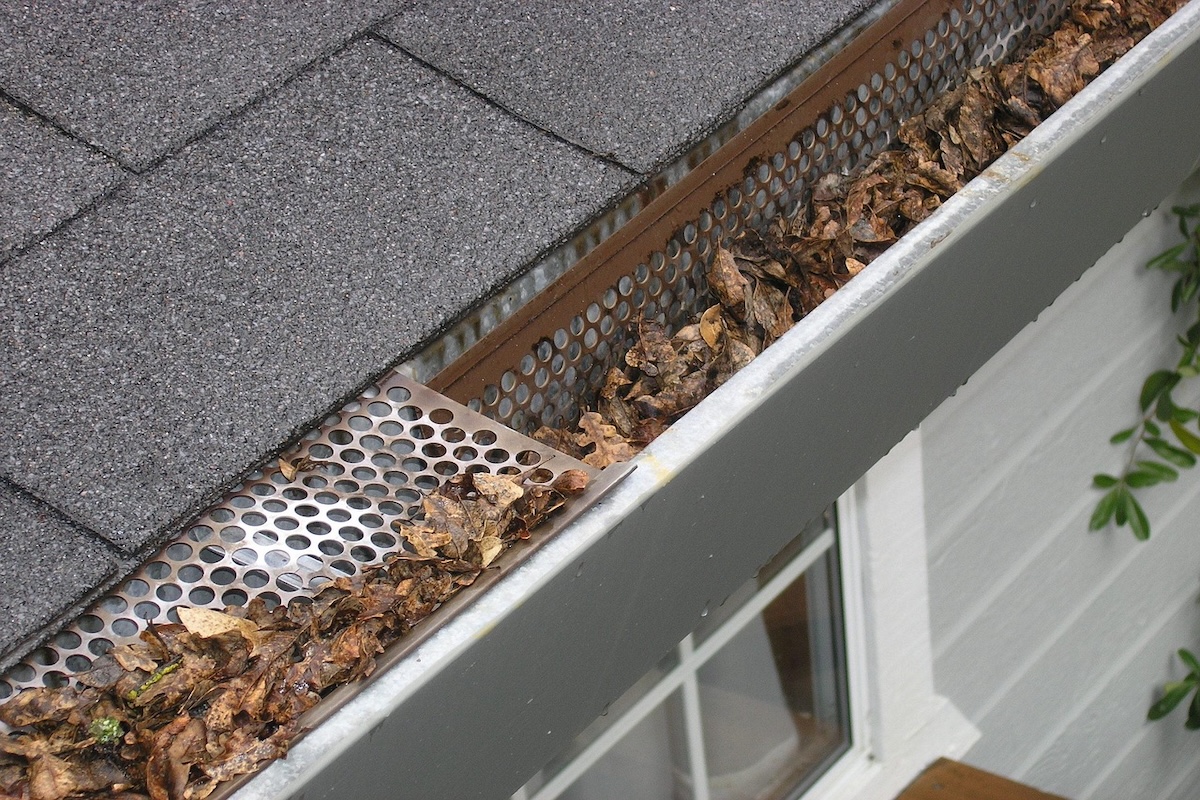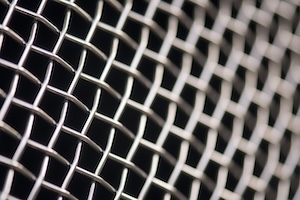
No two homes have exactly the same gutter problems, and that’s why a one-size-fits-all approach to gutter protection rarely works. From heavy leaf fall to bushfire risks, nesting birds to storms that blow debris everywhere, each situation calls for the correct mesh type. Experienced gutter guard installers often recommend tailored solutions, whether it’s a premium aluminium gutter guard for general leaf protection, a specialised mesh to meet strict bushfire standards or stoppests under solar panels.
In Australia, roofs take a real beating. Gutters clogged with leaves or nesting material can cause blockages that overflow, leading to water damage, rust, and erosion around your home’s foundations. Different climates and surroundings create different challenges – that’s where choosing the right mesh makes all the difference.

For most suburban homes surrounded by deciduous trees or typical garden greenery, a strong, purpose-made mesh like GutterMesh is a dependable everyday solution. It’s designed to sit securely over your gutters, forming a physical barrier that blocks falling leaves, small twigs, and seeds while still letting rainwater flow through freely. The beauty of a premium mesh here is that it minimises regular gutter cleaning. Instead of getting up the ladder every month, you might need an annual check to hose off any stuck debris. Plus, by keeping organic matter out, you reduce the risk of rust forming inside metal gutters. For homeowners, this means extending the lifespan of your guttering and downpipes.
In bushfire-prone regions, your gutter guard has a more serious job than just blocking leaves. In areas rated for bushfire attack levels, flying embers can land in your gutters and ignite dry leaf litter, quickly turning a small spark into a house fire. That’s why SteelMesh, with its non-combustible metal construction and fine aperture, is a wise choice. SteelMesh acts as both a leaf guard and an ember guard, preventing debris build-up and blocking embers from getting in and igniting what’s trapped inside. The finer mesh size stops small, dry leaves from slipping through, and the material itself won’t melt or burn. In many regions, using a steel gutter guard is part of meeting building code compliance for bushfire safety, so it’s worth checking local requirements and asking your installer for advice.
Sometimes, standard mesh just doesn’t cut it – especially if your home sits under large gum trees or in areas hit by frequent strong winds. Big branches, seed pods, and heavier debris can damage lighter mesh over time. This is where TuffMesh comes in. TuffMesh is thicker and stronger, with a heavy-duty structure that resists dents, tearing, and warping from repeated impact. It’s a practical choice for properties in rural or coastal areas where high winds and storms are common. The extra strength also keeps pests from chewing through weaker sections or lifting the mesh to get inside.While it’s tougher, it still allows plenty of rainwater to pass through, so your gutters stay functional no matter the weather.
Solar panels are a smart investment, but they can also attract unwanted visitors. Birds, possums, and rodents love the warm, sheltered space under rooftop panels. Left unchecked, they can build nests that block airflow, chew on wires, and cause costly damage to your system. SolarMesh is designed specifically to fit around the edges of your solar panels. Its fine mesh stops birds and pests from squeezing underneath while still allowing air to circulate and debris to blow away. This simple barrier protects your solar investment, reduces fire hazards from dry nesting material, and means you won’t be up on the roof trying to evict unwanted guests every few months.
You could buy the best mesh in the world, but it won’t perform well without secure, reliable fittings. Clips, screws, trims, and joiners keep each type of mesh snugly in place so it can’t lift or shift during storms or under the weight of debris.Properly installed fittings also maintain the angle and tension of your mesh, which helps leaves slide off instead of settling and rotting. For bushfire-rated mesh, quality fittings ensure there are no gaps where embers could sneak in. And forSolarMesh, sturdy clips keep the guard tight to the panels so birds can’t push through the edges.
Every property is different. If you’re surrounded by large native trees that drop heavy debris, a heavy-duty option like TuffMesh is probably worth the investment. For homeowners in high bushfire risk areas, SteelMesh is essential for fire safety. If you have solar panels, SolarMesh can prevent costly maintenance bills and damage. In many cases, combining products works best. You might install GutterMesh on general roof sections, SteelMesh near bushfire-prone areas, and SolarMesh around your panels, all secured with compatible fittings that hold up to harsh conditions.
If you’re unsure what’s right for your home, talk to experienced gutter guard installers. They’ll assess your roofline, tree coverage, local fire risk, and any unique challenges. They can also explain how each mesh type works in real-world conditions, so you’re not relying on guesswork or marketing claims alone.
Finally, make use of comparison tools if they’re available. A simple product comparison chart helps you weigh up mesh thickness, fire ratings, pest resistance, warranties, and cost before you decide. It’s a smart way to see which option offers the best balance between durability, protection, and value for your home.
A good gutter guard system should solve the problems you actually face, not just look good in a brochure. Whether you need basic leaf protection, bushfire safety, heavy-duty performance, or pest control under solar panels, there’s a mesh that’s purpose-built for the job. By understanding what each type does best and working with trusted professionals, you’ll keep your gutters flowing freely and your roofline protected for years to come.
